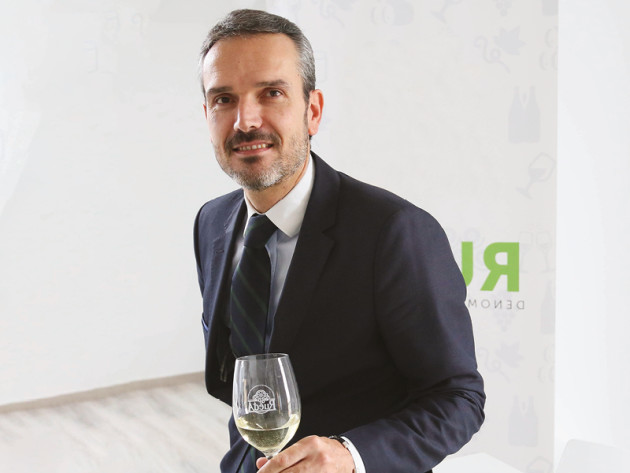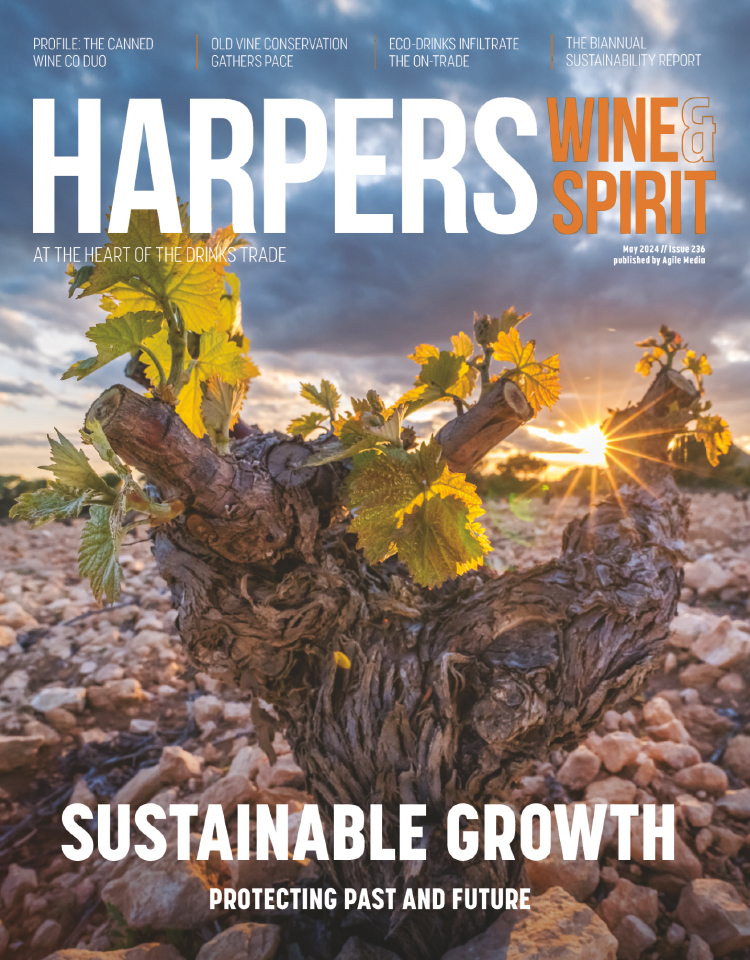
Headline hero: Santiago Mora Poveda, director general, DO Rueda
In association with DO Rueda
What is it about the style of Rueda that’s driven its popularity?
Rueda is one of the most historical wine regions in Spain. The autochthonous grape, Verdejo, arrived 10 centuries ago, though the region was known for the famous Pálido and Dorado fortified styles. But in the 1970s Marques de Riscal arrived looking for an ideal location for white wines and rediscovered Rueda and small wineries here working with Verdejo. And, with gastronomy in Europe changing and white wine becoming more popular, it looked to discover the potential of Verdejo, with young wines.
The influence of gastronomy, including tapas in Spain, with more fish and vegetables now eaten, has helped convert Rueda to a popular choice. Rueda has a 40% share of whites drunk in Spain, it’s the leader by far. Why? Because now white wine makes up 30% of wines served in Spain, whereas it was only 10% or so 15 or 20 years ago. Whites have become more and more popular and Verdejo from Rueda is the key to that.
Are wine drinkers now discovering the versatility of Rueda’s Verdejo?
The Verdejo grape is very versatile. You can use it for fortified wines, sparkling wines, for aged wines, but of course the fresh, young, easy-to-drink wines are 95% of total production and sales. But now people are looking for different elaborations of Verdejo, for wines with greater lees age, with the potential to age, for barrel fermented wines, and many wineries from Rioja and all over Spain are all here in the region. They want to be part of the success of Rueda, because we are talking about a unique grape, an aromatic grape, totally different from any other grape around the world, with a strong personality and character.
Could you explain more about the evolution of styles and the push for greater recognition of the premium wines?
Gran Vino de Rueda [quality tier] was launched a year ago and we are now seeing the results with the first wines to be released. It is the result of consumers looking for new wines, and this is a way that Rueda can show its best. Wines coming from vines that are at least 30 years old, and located in the best areas, the best soils of the region, also with low maximum yields. The potential of these wines for ageing has still to be discovered, because every year for the past 20 years Rueda has sold out all its annual production. But there are some examples of aged wines in Rueda, and when we make vertical tastings of these, people go crazy with enthusiasm for the wines, so we know the results can be very good. In the coming years we will be able to develop a broad portfolio of Gran Vino de Rueda, including wines for ageing, to bring to the market.
Keywords:
- wine
- years
- Spain
- Wines
- Grape
- Rueda
- region
- DO
- Verdejo
- potential
- popular
- gran vino
- vino de
- de rueda
- 20 years
- aged wines
- wines sparkling wines
- aromatic grape totally
- grape totally different
- wines gran vino
- premium wines gran





